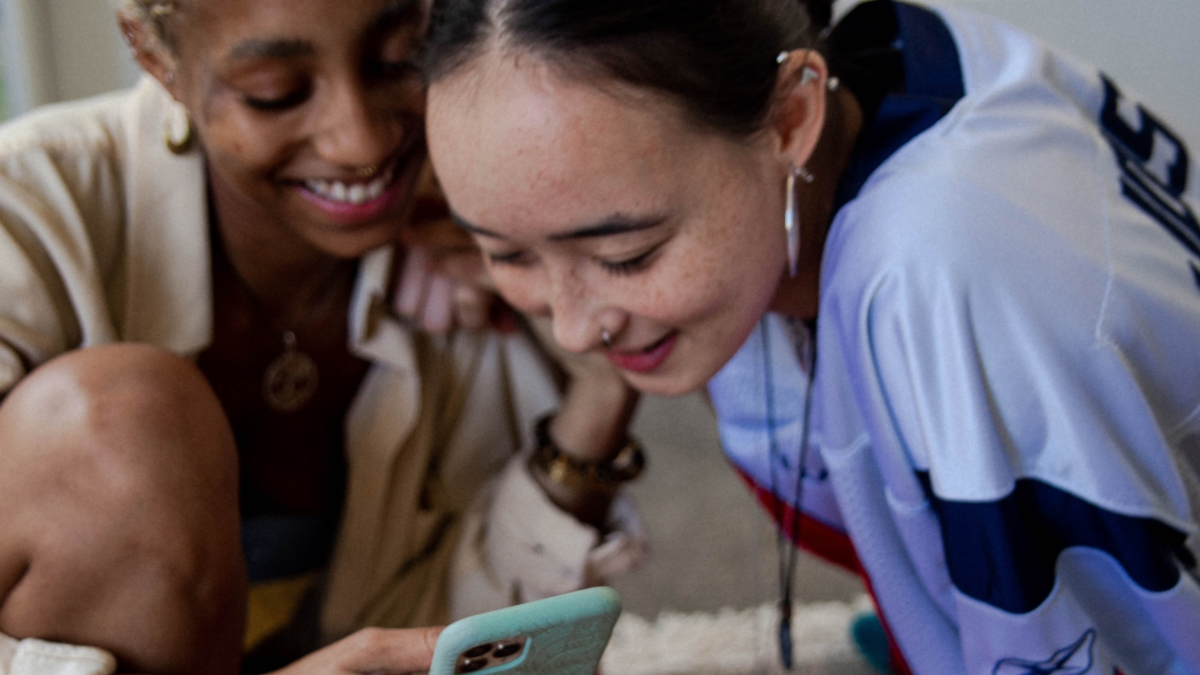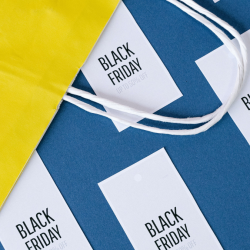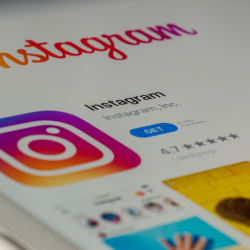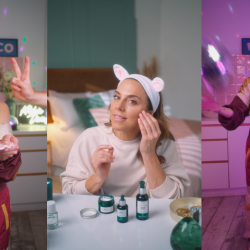Over the past few weeks we’ve seen quite a lot of media attention on that changing ways that young people consume news and, in some cases, actively avoid news.
Two major surveys were published one after the other highlighting shifting behaviours that many in the industry were clearly aware of but were nevertheless probably surprised by the extent of the change. First we had Ofcom’s annual report on news consumption in the UK that revealed that Instagram, TikTok and YouTube are now the top three news sources for UK teens.
The preference for consuming news via social has remained steady among this age group (55% to 57% ever use it) over the past five years, but the choice of platforms has changed significantly. TikTok has rocketed in popularity over the past three years, now commanding a 28% share, while Facebook, at 22%, has lost ten points in three years. YouTube (28%) has lost five points in a year while Instagram remains pretty much the same (29%).
TikTok is used by 7% of adults for news, but half of its news followers are aged 16 to 24. For those who consume news on TikTok, their main source is other people they follow (44%), followed by friends and family (32%) and then news organisations (24%). The most popular official news sources on TikTok include Sky News, the BBC and ITV.
Talking with family and TV news remain the most common ways to find out about news among 12-15 year-olds, but TV’s role has declined sharply in 2022 — just 59% ever use it, compared to between 64% and 68% over the previous four years. Soon after the news of TikTok’s ascendancy came the more concerning finding from the Reuters Institute for the Study of Journalism, that young people are selectively avoiding ‘serious news’ — at least for some of the time — to protect their mental health. The report said that while 18-30 year-olds are still seeking out and engaging with news, it is often in areas such as sport, entertainment, culture and celebrity gossip. And importantly, they are very used to — and in fact expect — to have news and information curated for them via algorithms on social media.
While it would be understandable to jump to the conclusion that is further evidence of the demise of news brands, this is simply not the case. What it clearly is evidence of is the need for media brands and advertisers alike to use all the latest platforms and formats to engage young people. Frankly, given that 23 million people use TikTok each month for entertainment and communication, it’s no surprise it’s the main source for news for young people.
And smart news brands know this and have been moving in this direction for some time.
In the US, the Washington Post has successfully migrated to TikTok, producing amusing and entertaining videos giving their take on the day’s news. In the UK, The Daily Mail is way out in front with 3.8 million followers on TikTok, according to data from the platform. Contrast this with Sky News on 1.6m, The Washington Post on 1.4m, and The Sun on 977,100. Right at the bottom of the table, using TikTok’s data from June, is The Times that has just 453 users.
And it’s not just new kid on the block, TikTok, that news brands are using. The Guardian has been very successful on Facebook with 8,776,413 followers, compared to The Sun’s 3,372,860. But Facebook has an increasingly older demographic as does Twitter, which has become a vital platform for immediate news dissemination by news brands and their lead journalists.
And it’s important to understand that the traditional news brands are not just using the latest platforms they are also often the key source of news, influencing the news journey across social platforms. According to trade body Newsworks, every half hour a national newspaper brand is mentioned as a news source by the broadcast media in the UK. And regularly we see a major news brand break a story that then takes on a life of its own across social platforms.
The key thing for both news brands and the advertising industry is stay on top of the changing news consumption behaviour of young people. Like the rest of young people’s media consumption, it’s increasingly on-demand. There is a trend towards looking for specific news topics as and when rather than dedicating media time specifically to news platforms. News brands are increasingly having to think in terms of bitesize news.
Sky News does this well on TikTok and Instagram, using the full suite of creative options available: reels, stories etc and creating bespoke content. Young audiences have grown up using a variety of formats across text, video and audio and expect news brands — and advertisers — to meet their needs and deliver content in the right ways.
TikTok should not be seen as the enemy of traditional news. Along with its competitors, TikTok must be embraced and used in ever more creative way by news brands and advertisers to ensure they remain relevant for the new era of consumers.
Featured image: Shingi Rice / Unsplash































